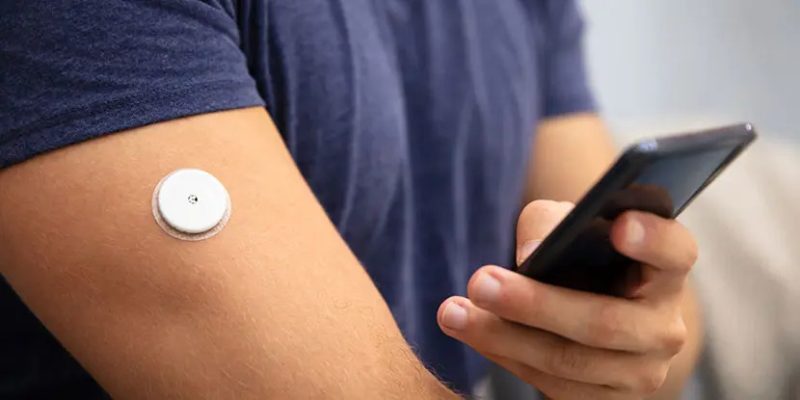Wearable Devices May Help Prevent Diabetic Eye Disease, Study Suggests
By Reena Mukamal for The American Academy of Ophthalmology Published May. 23, 2024
Wearable devices like continuous glucose monitors and insulin pumps are designed to help people with type 1 diabetes manage their health.
Continuous glucose monitors track blood sugar throughout the day, eliminating the need for finger pricks. Insulin pumps deliver a steady flow of insulin or a separate dose when needed. Together, these devices help patients keep their blood sugar at healthy levels.
Such careful control could potentially help prevent a dangerous health complication. A study finds that diabetic retinopathy, a complication that can cause blindness, is less common in patients with type 1 diabetes who wear continuous glucose monitors.
Benefits of continuous glucose monitors
Continuous glucose monitors help prevent the spikes and drops in blood sugar that can put patients at risk of health complications. These devices are recommended for 10 million Americans with diabetes who are treated with insulin. People with type 1 diabetes have a particularly high risk of diabetic retinopathy because they live with the disease for such a long time.
Can wearable devices reduce the risk of diabetic eye disease?
The new study explored whether continuous glucose monitors could help patients with type 1 diabetes lower their risk of diabetic retinopathy, a leading cause of permanent blindness in adults.
Researchers examined the medical records of 550 adults with type 1 diabetes, tracking their eye health over an eight-year period. Diabetic retinopathy was less common among patients who wore a continuous glucose monitor, either alone or in combination with an insulin pump, they found.
But it’s not clear that the devices can actually prevent diabetic retinopathy. The study lasted eight years, but diabetic retinopathy can take much longer to develop. And because the study only examined past medical records (rather than following patients in real time), the results might have been influenced by other, unknown factors.
Still, the findings offer some hope that wearable technologies may help prevent vision damage in people with type 1 diabetes. Certain patients can now purchase a wearable glucose monitor over the counter, making it easier than ever to access these devices.
“We know that a continuous glucose monitor is an effective tool to help monitor and control blood sugar,” said ophthalmologist and Academy member Eve Higginbotham, SM, MD, ML. “This study suggests that using a continuous glucose monitor may also help patients lower their risk of developing diabetic retinopathy.”

